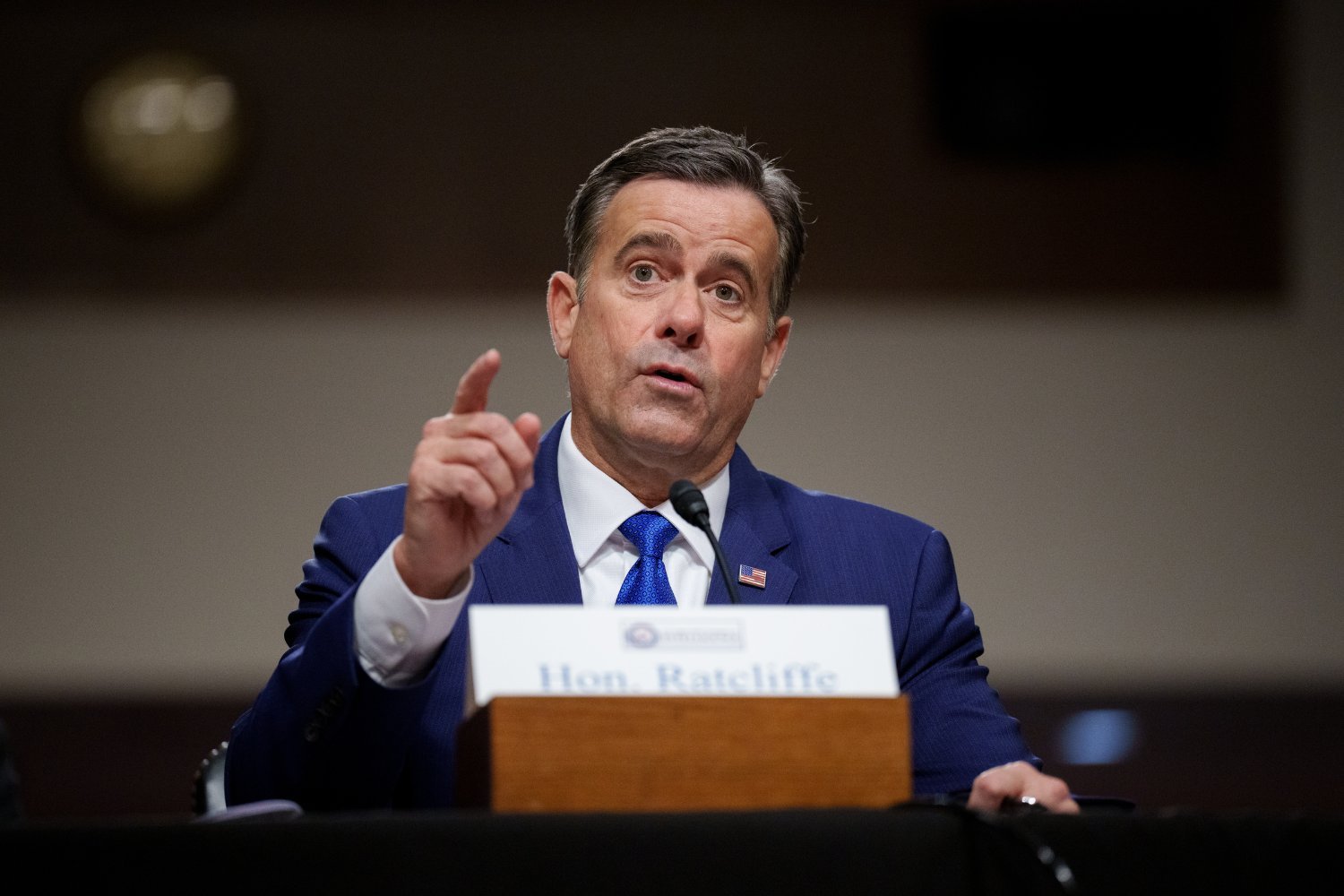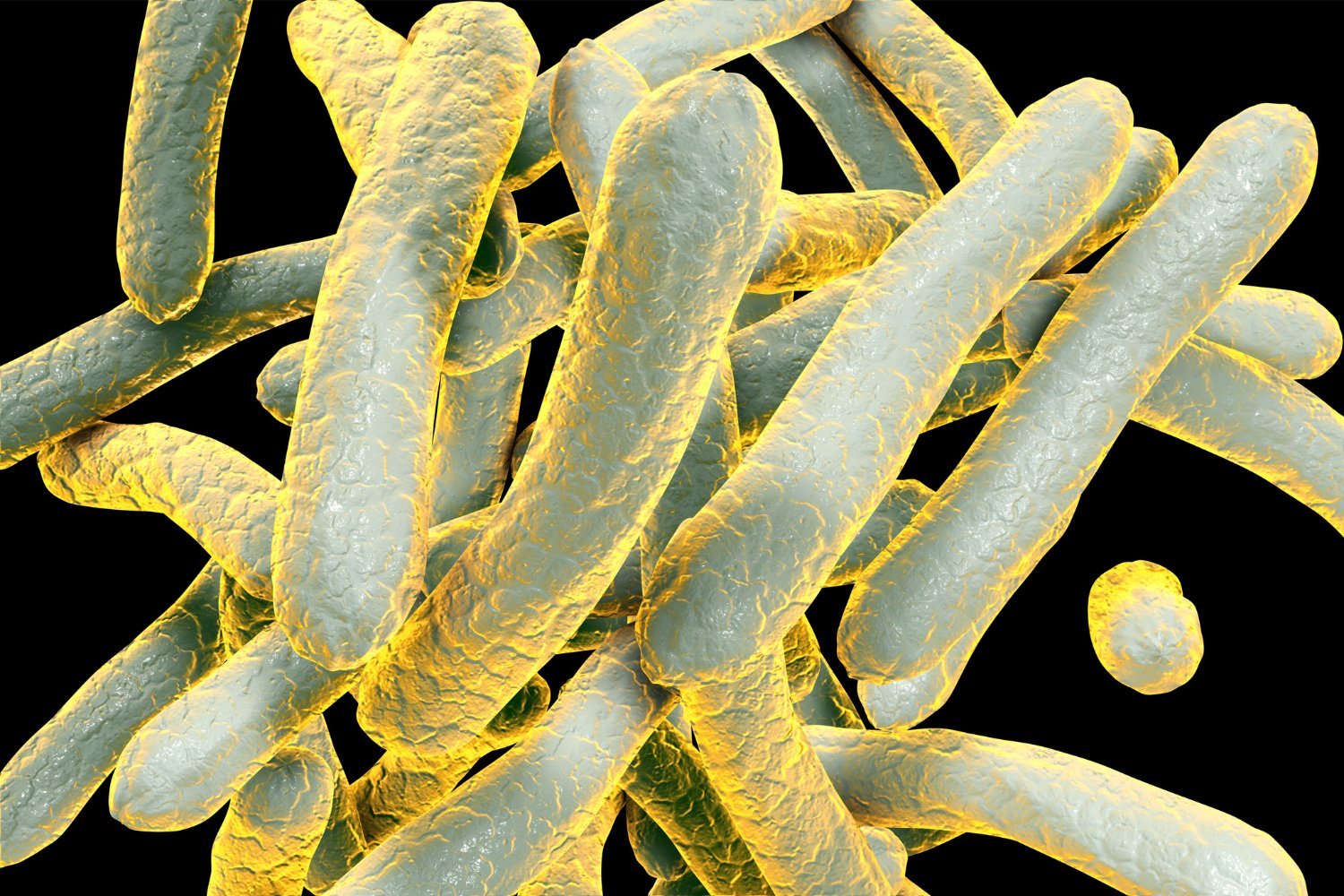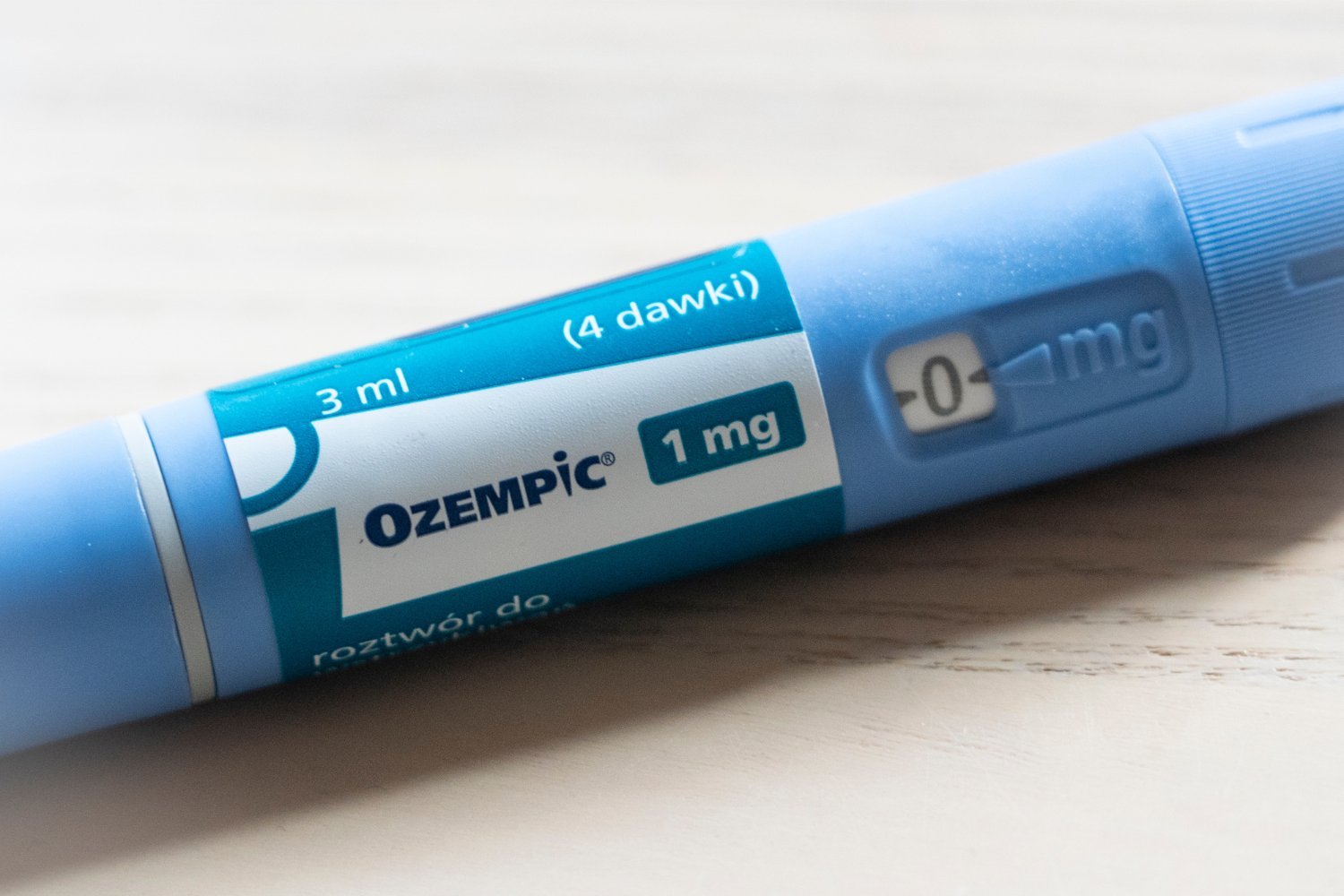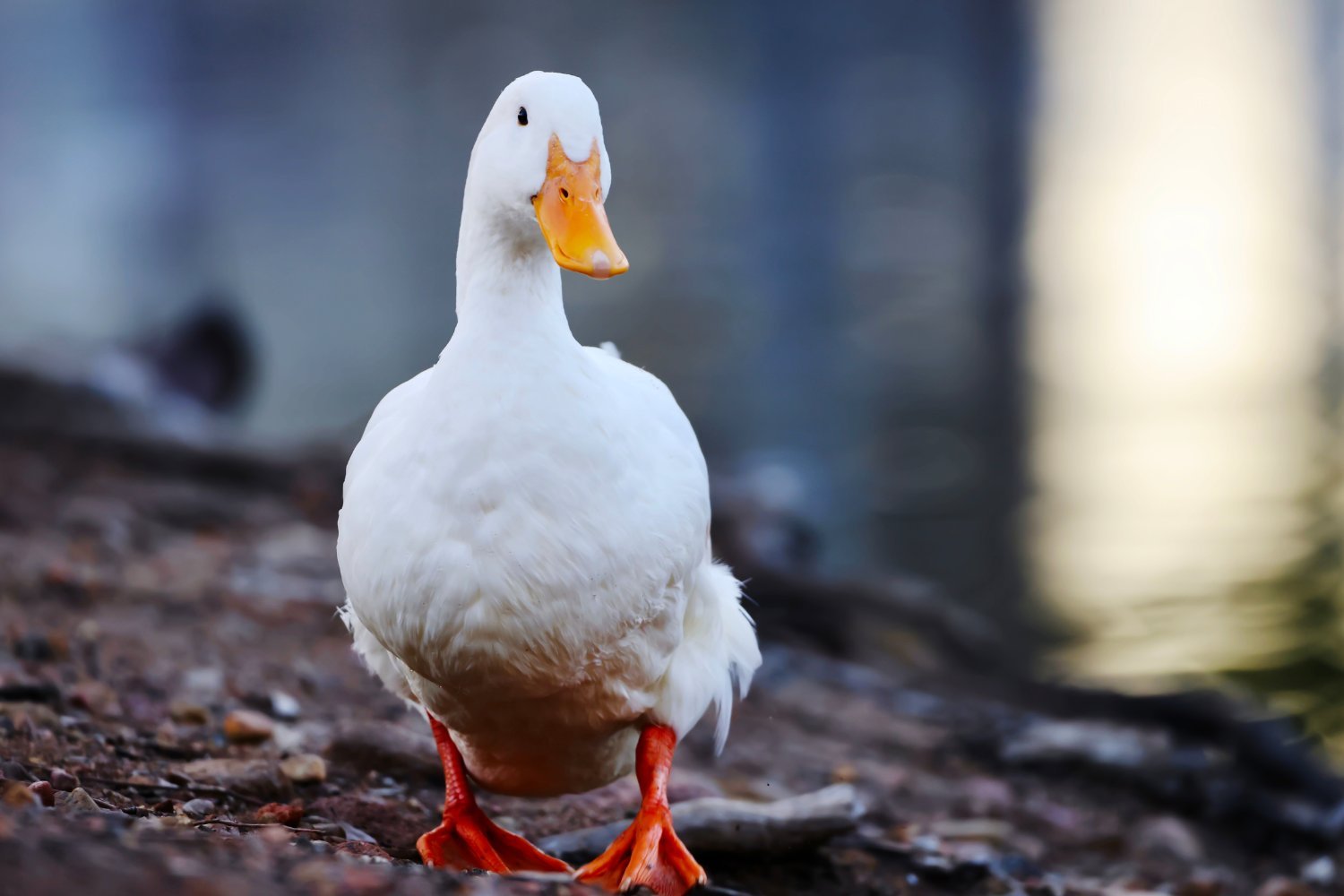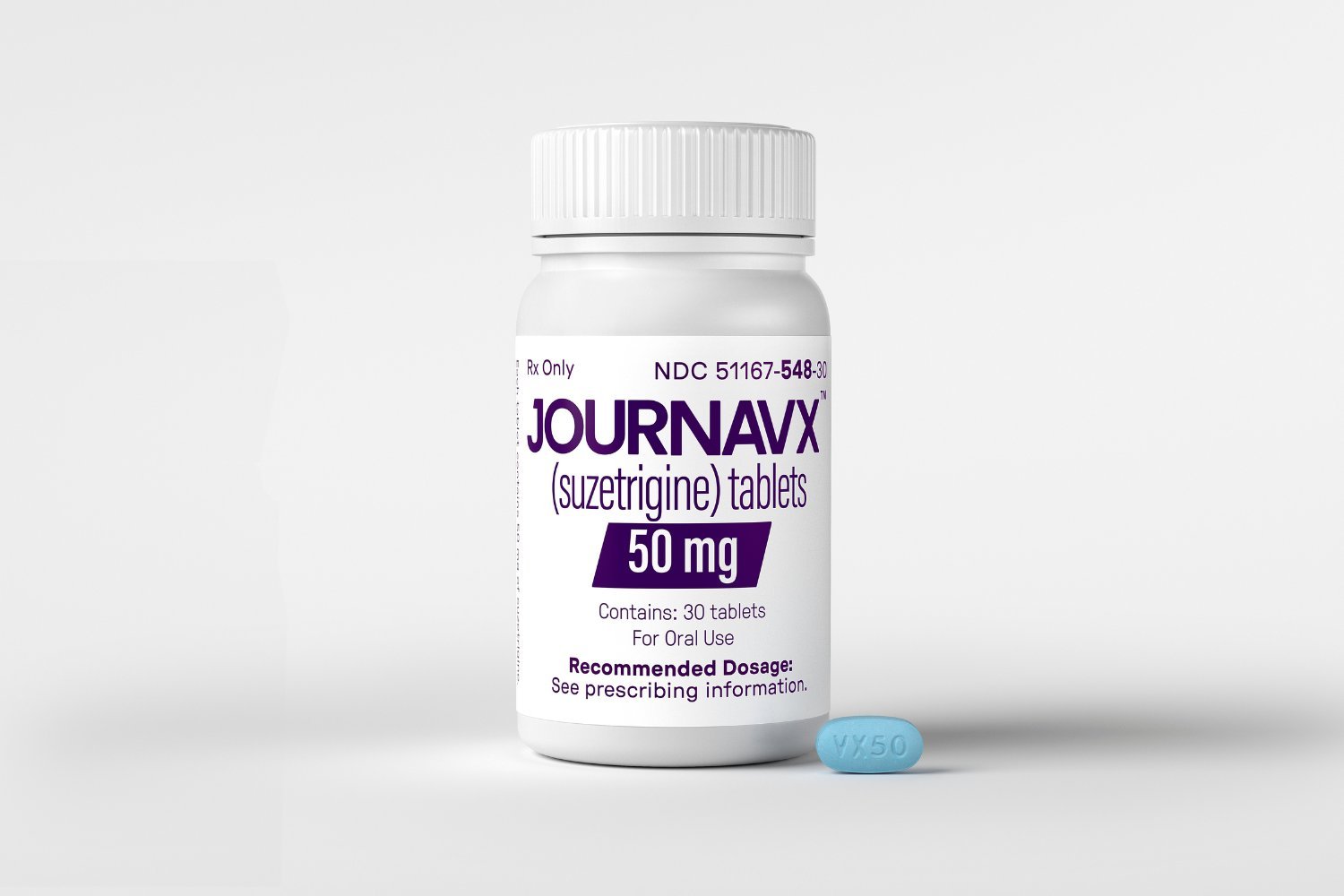The Central Intelligence Agency (CIA) has officially revised its assessment of the COVID-19 pandemic’s origins, now suggesting a laboratory leak in Wuhan, China, as the most likely cause. This shift moves away from the previous leading theory of direct animal-to-human transmission.
Recently appointed CIA Director John Ratcliffe declassified and released the assessment’s findings, revealing the agency’s adoption of the lab leak theory. However, the CIA acknowledges a “low degree of confidence” in this conclusion and hasn’t dismissed the possibility of a natural emergence. A CIA spokesperson affirmed that both research-related and natural origin scenarios remain plausible.
China has strongly refuted the CIA’s assessment. Foreign ministry spokeswoman Mao Ning emphasized the World Health Organization’s (WHO) joint expert team’s conclusion, reached after on-site inspections of Wuhan laboratories, that a laboratory leak was extremely unlikely.
The debate surrounding COVID-19’s origins has persisted for years. Some online theories suggest a deliberate release of a bioweapon, while others posit that dangerous virus research in Wuhan, potentially overlooked by both China and the U.S., resulted in the SARS-CoV-2 virus escaping and infecting humans. These scenarios involve either a leaked wild virus or a manipulated progenitor virus.
China’s actions haven’t dispelled suspicions. Early in the pandemic, information was restricted, and doctors raising concerns were silenced. Obstruction of investigations by external organizations, including the WHO, continues. Both scenarios raise questions about China’s disease surveillance improvements following the 2002 SARS epidemic, which resulted from animal-to-human transmission.
While some scientists and officials, including former CDC Director Robert Redfield, support the lab leak theory, it remains a minority view. A recent survey indicates that most virologists and epidemiologists favor a natural zoonotic origin. Studies have suggested the virus circulated among animals in close contact with humans during the pandemic’s initial stages, supporting the zoonotic transmission theory.
Initiated under former CIA Director William Burns during the Biden administration, the new assessment’s release under Ratcliffe, a proponent of the lab leak theory, has drawn criticism. Virologist Angela Rasmussen argues that the assessment relies on a “fact sheet” created during the Trump administration containing unsubstantiated claims about the Wuhan Institute of Virology. Rasmussen asserts that the assessment’s shift stems from accepting these claims without proper basis.
The CIA acknowledges the lack of significant new intelligence driving their changed stance. While the FBI and Energy Department also support the lab leak theory, at least five other intelligence agencies favor a zoonotic origin. Given the low confidence level, the CIA’s assessment is unlikely to persuade those firmly supporting the zoonotic theory.
Rasmussen suggests the “lab leak” theory serves the Trump administration’s political agenda, including hindering infectious disease research, dismantling public health infrastructure, eroding trust in science, and targeting political opponents. She believes the assessment change is politically motivated, not scientifically driven.



